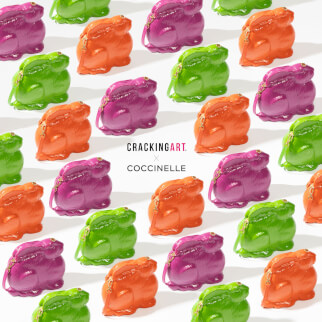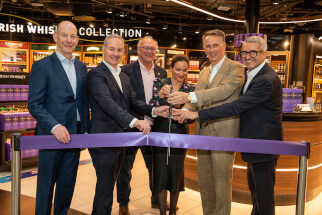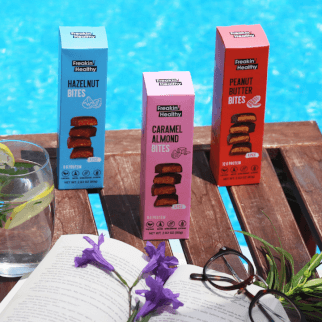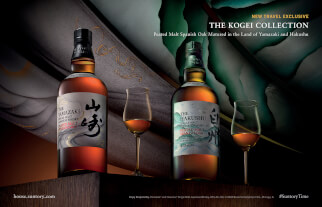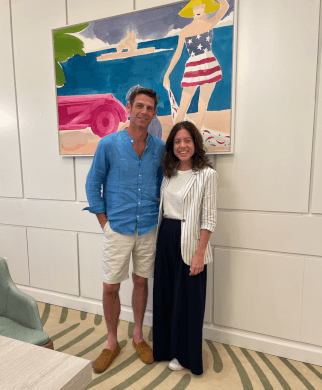First major cruise ship success story
While all in the travel and tourism sector have been hard hit this year, possibly none to the same degree as the cruise industry. Indeed, one of the first “nations” to be hard hit was a cruise ship as opposed to a country.
Before long, all the world’s cruises were completely halted, with the global cruise industry shut down for about six months. During this time ships were often left stranded at sea, unable to dock and working tirelessly just to get their staff home safely.
As with the air travel industry, the cruise industry is experiencing a massive cash burn. It is essential for its survival that it build its own road, said the Route to Recovery’s special guest Adrian Pittaway, Head of Retail, MSC Cruises.
This cruise line has the distinction of being the first major cruise company to have operations running again, and the way they did it can provide a lesson for any industry whose business comes from in-person, face-to-face dealings with customers.
The essential protocol
To get to the point of allowing the first cruise ship out of port with passengers, MSC developed a comprehensive health and safety protocol. Pittaway stated that the company looked at every protocol put forward by governments and health organizations and not only implemented them, but went even further. At that point the company had to not just satisfy itself but also persuade governments that its safety procedures would result in an environment where the virus could not spread. Once MSC got the ok from Greece, Italy and Malta, it was able to set sail.
MSC’s flagship, the Grandiosa, was able to restart 7-day cruises from its home port, Genoa, on August 16. It has now operated for over a month with excellent feedback from guests. The second ship, the Magnifica, will resume operations on October 19th for 10-day cruises.
Pittaway expressed his hope that these protocols would be adopted by other cruise lines, enabling the industry as a whole to restart. In the US there remains a no-sail order that currently goes until the end of October, so US-based cruises are still not in a position to restart. The same is true in the rest of the world. In the Mediterranean, however, other cruise lines have followed MSC, and the hope is that this can soon continue elsewhere.
The core principles
As a foundation for creating a successful protocol, the cruise line addresses three core principles.
1. Reduce risk of suspect cases
2. Mitigate transmission when guests are onboard
3. Prevent any situation wherein a guest might get sick after leaving the ship
The program the company developed to address these principles works across the entire system, from booking to embarkation throughout the onboard experience until guests go home.
The 6-step restart protocol
To ensure that these three core principles are adhered to, MSC has created a 6-Step Restart Protocol, as follows:
1. Every guest is tested before coming on board. In higher risk areas a second test is required.
2. Each member of the crew is tested before they embark. Members also must go through a period of quarantine before they join the rest of the crew. All are temperature tested each day, and they are given regular COVID-19 tests.
3. Reduce the risk of transmission by social distancing. The occupancy level of the ship has been reduced to 70%. In places where guests congregate, such as theaters and decks, social distancing is required. Guests are also required to wear masks when transiting around the ship and in shops, and special care is taken in areas such as elevators and stairways.
4. Elevate the already well-cleaned environments to an even higher level of cleanliness. This means the doubling down of cleaning touchpoints, along with fumigating and sanitizing whenever possible.
5. Enhanced medical facilities. This enhancement includes having on-board testing facilities and investing in more personnel training and improved command systems.
6. Ongoing health monitoring and a contingency plan. This includes partnership plans with every port of call and local authority, so the cruise line will not be stranded if a case should develop.
Pittaway stated that this is “a simple and well-run system. These six steps are core. In theory you could apply them in any environment.” No matter the challenges, the line must guarantee the safety of the ship, its and passengers and crew.
The retail environment
The ship Grandiosa has seen an increase in spend per passenger. In part, this is because passengers are only allowed to disembark at ports-of-call in order to take part in MSC excursions and are not allowed to shop onshore. Be that as it may, an environment of comfort and security is necessary for passengers to be inclined to shop onboard, and so the cruise line has developed a system of best practices for retail. Pittaway suggests that these can be shared across any retail environment.
• The most important practice is to train the retail team. Every member of the retail crew took the DFWC training, which is free. The staff had a 100% success rate, and the training was extended to the entire MSC retail team. Pittaway calls this training “an important tool that is a great part of retail restart.”
• New stock handling regimes and restrictions to make sure there is no weak link in bringing stock on board. All deliveries are sanitized, and everything coming into retail is quarantined for up to 72 hours to make sure it’s free of contamination before being stocked on shelves
• Communicate new health and safety measures clearly and simply to guests, using symbology consistently across the entire ship. The same communication symbology is used from shops to restaurants to cabins to pool decks. This is a simple and easy way to communicate rules, what guests can and cannot do, without the need for extra contact.
• Deliver a seamless journey for guests from cabin to shop floors. “The way we communicate to guests has changed a lot to reduce risk points – no flyers or leaflets, nothing to touch,” said Pittaway.
• Work together with suppliers and brand partners. They know the best way to deal with their products. “We want to thank them, because we’ve really made use of a lot of supplier expertise and partnerships to support our teams onboard. Our training and guidelines have followed the recommendations of our brand partners.”
• Utilize contactless payment. “We make use of smart technology using the mobile phone and other various ways to reduce touch points.”
• Provide safety and sanitization for guests and crew. This means completing most tasks in a new and thoughtful way – wearing gloves, for example. Passengers can no longer spray perfume themselves, but staff will provide a perfume test. Shoppers still must be able to sample, to try, in order to feel comfortable buying. “Guests can try on a garment in a fitting room, and afterwards staff will steam it and quarantine it. This ensures guests can still touch and feel products safely.”
• Follow professional advice. The cruise line worked with Aspen Medical, who helped look at anything MSC might have missed when creating protocol, from the handling of pens to the touching of cushions or door handles. “Anything you might forget about, they provided specific advice.”
A new kind of evolution
With a world that has quickly become accustomed to working remotely, the cruise line brought this concept aboard, providing direct support for the retail team, to ensure that feedback info is learned and acted upon quickly. The shop floor now has direct contact with the buying team and the operations team. All stakeholders now learn about concerns and act upon them quickly using real-time feedback from guests. This has helped to create an evolving protocol.
In this new environment, guests and crew all need to adapt, and the cruise line needs to make that path an easy one. “Guests are shopping differently. Guests and crew are purchasing in a new way; we need to continually learn and adapt. The cruise shopping model that has existed for many years is now evolving.
“For guests, the service experience should be exact. It’s really important that if staff is wearing a mask, a shield, they still maintain eye contact and convey friendliness, warmth, welcome and personal contact, so guests feel comfortable and relaxed to shop,” said Pittaway.
The biggest key to success is team engagement, he added. “You really have to focus on your team being your ambassadors, that they know exactly their responsibility,” he said. “They [need to be] communicated to and communicate back. Train them with the support of brand partners and ensure a fast-moving adaptive system is in place. Everything we can do to evolve quickly comes from the teams onboard. Across all the ships coming back in service, the core pillar of success is that the new set of rules is being lived and breathed by your teams.”
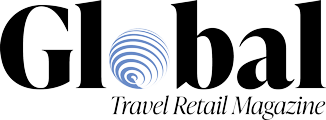
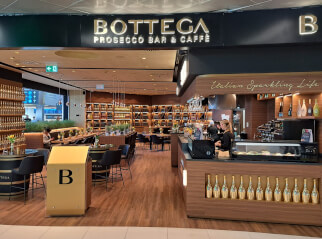
.jpg?&resize.width=322&resize.height=483)

